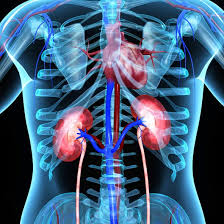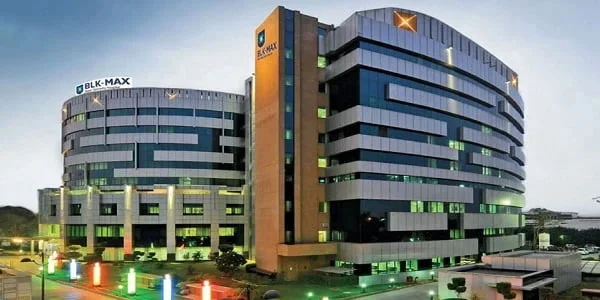Atrial Fibrillation Surgery
Atrial fibrillation surgery isn't exactly one specific procedure. Atrial fibrillation (A-Fib) is a condition where the upper chambers of the heart, called the atria, beat irregularly and often very fast. There are two main surgical approaches to treat A-Fib:
-
Maze procedure: This is an open-heart surgery where the surgeon creates a pattern of scar tissue in the atria using an energy source (like radiofrequency waves or cryoablation) to block the abnormal electrical signals that cause A-Fib. The maze procedure is typically done during open-heart surgery for another reason, like valve replacement.
-
Minimally invasive ablation: This is a procedure where a catheter is inserted into a vein in the groin or leg and threaded up to the heart. Radiofrequency energy or cryoablation is then used to create small scars in the atria, which disrupts the abnormal electrical signals. There are different variations of this procedure depending on the specific approach used.
-
Both procedures aim to interrupt the abnormal electrical signals causing A-Fib and restore a normal heart rhythm.
Here are some additional things to consider about atrial fibrillation surgery:
- Success rates: The success rates for both maze procedures and minimally invasive ablation vary depending on the severity of the A-Fib and other factors.
- Risks: As with any surgery, there are risks involved, such as bleeding, infection, and stroke.
-
If you are considering atrial fibrillation surgery, it is important to talk to your doctor about the risks and benefits of the procedure to see if it is the right option for you.
- Alternatives: Medication and lifestyle changes are often the first line of treatment for A-Fib. Surgery is typically considered for people who do not respond well to other treatments.





















